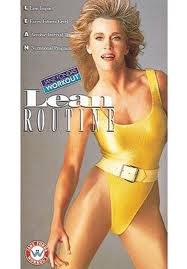Barbie and Girls’ Body Image – What’s Wrong with Realism?
By now, you have heard that Mattel has tried to diversify its long-time bestselling doll, Barbie, in response to criticism her impossible proportions negatively affect young girls’ body images.
If you read my blog at all, you know I have linked the plastic doll to the super thin plastic “ideal” body seen in every Hollywood film, on the fashion runways, and in advertising.
Almost sixty years ago, Barbie was modeled literally from the original dollmaker’s 12-year-old son’s body – wide shoulders, narrow hips, otherworldly long legs and neck – and then a pair of large fake breasts were appended.
Mattel didn’t cave in and change Barbie because of the collateral damage to females. Instead, they changed the 57-year-old doll due to lowered sales in a world where women have effectively (finally!) rejected the anorexic ideal in favor of reflecting realistic shapes and sizes of females.
It can’t be argued many women have measured themselves against this superthin image, with disastrous results like food addiction, anorexia, disordered eating, bulimia. A recent study published in Psychology Today showed 91% of women were dissatisfied with their bodies, with almost 80% saying they were too heavy, when only about 60% of all women are overweight.

The focus on thin in media has been changing. Who cares if Angelina Jolie can subsist on 600 calories a day? No one is watching her movies, because they are seriously awful, which is why she has to do such outrageous things to get publicity these days.
The public is much more engaged with Amy Schumer, who is seriously funny, and hasn’t abandoned her body to Hollywood’s makeover artists. And with Kim Kardashian’s curvy derriere. And they are fascinated with the sexy new Sports Illustrated swimsuit model Ashley Graham. (Photo by James Macari/from the Sports Illustrated Swimsuit Issue on sale now.)






